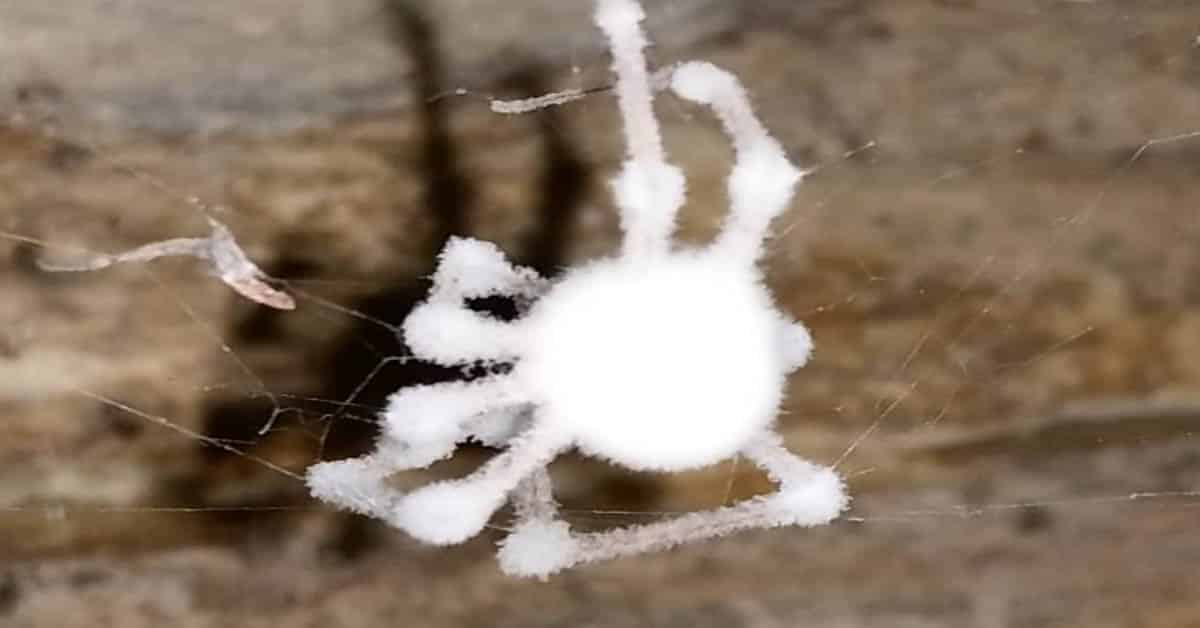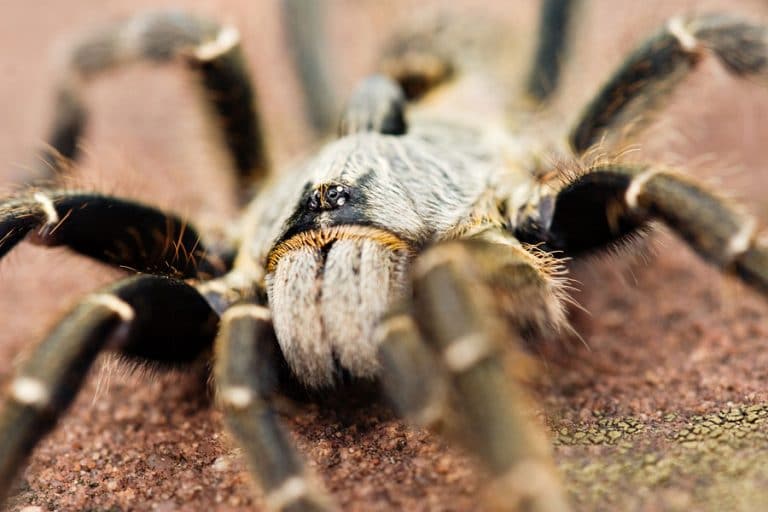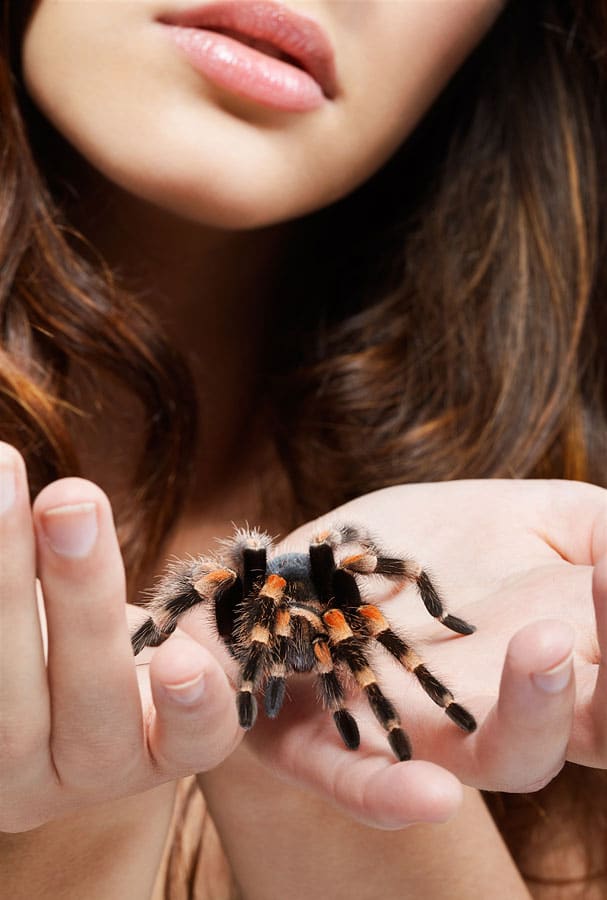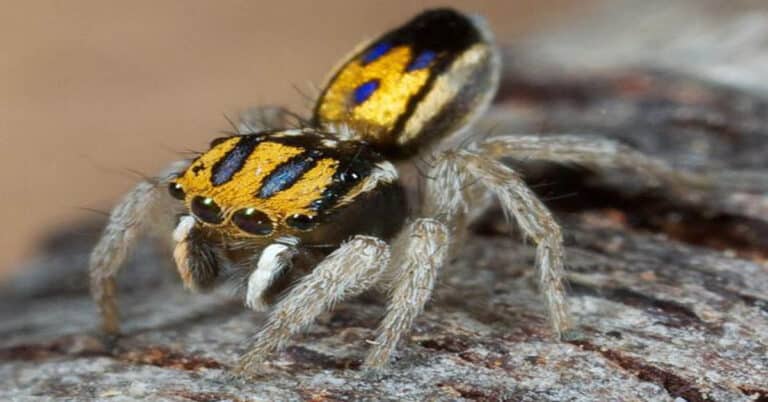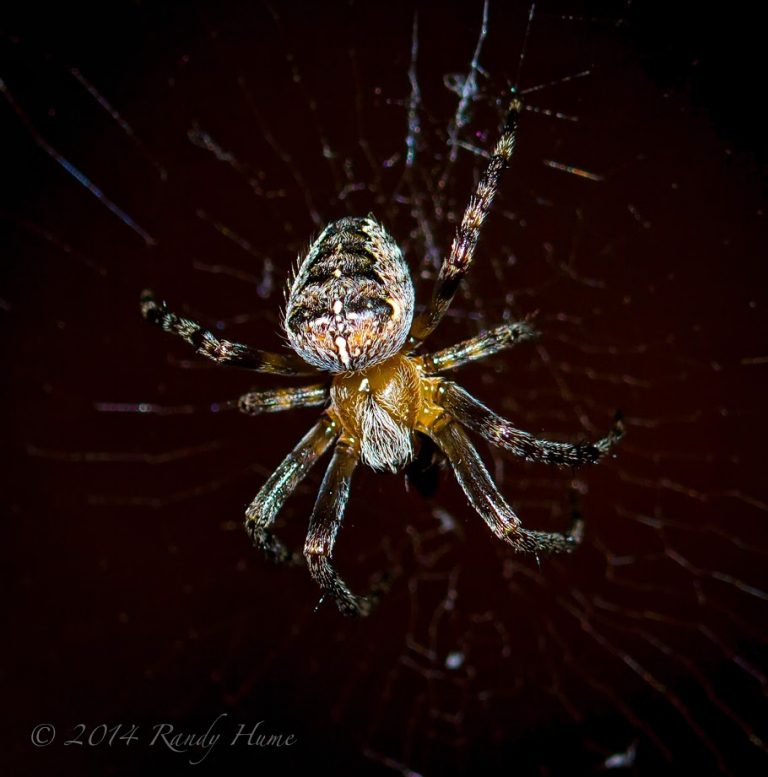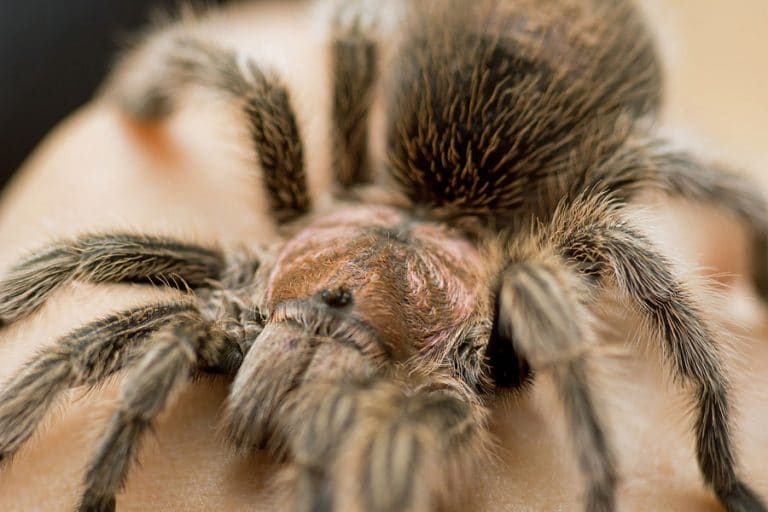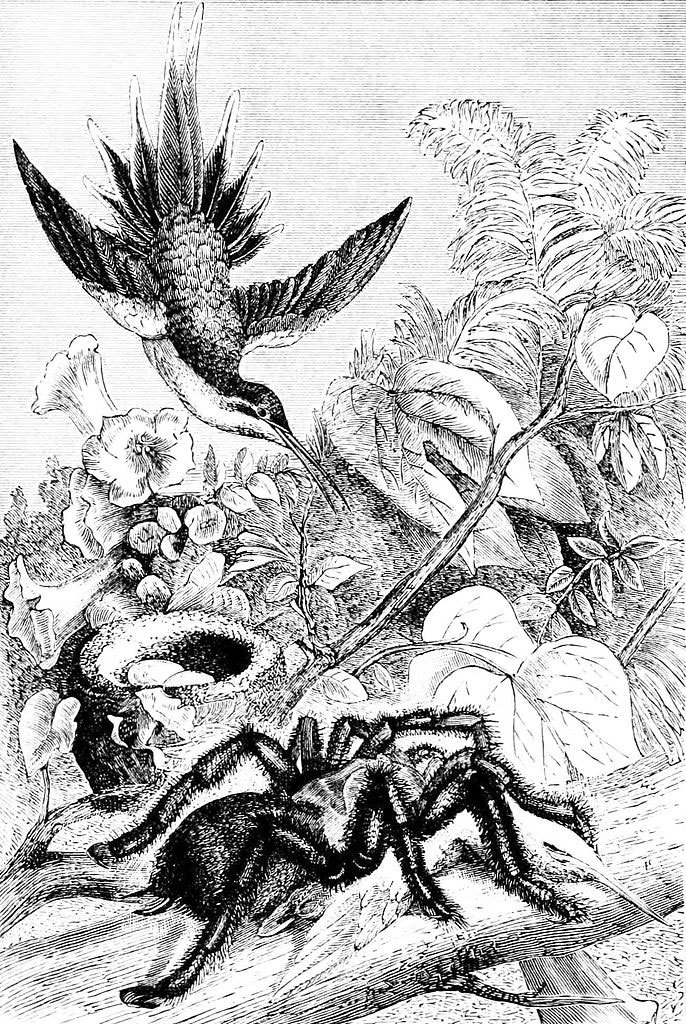Zombie Spiders: Mysterious Facts & Characteristics
Many people agree that in real life, zombies do not exist. However, these zombie spiders prove this wrong. It turns out that in the Insects, zombies are real. Let’s take the ants, for example. The fungus uses ants’ bodies and minds to support the reproduction of their species. However, ants are not the only insects that can be turned into zombies by fungus.
There are also the second creatures that not only turn into zombie spiders but also control their behavior. New review research has investigated how specific parasitic wasp species can “zombify” spiders. This behavior has been seen in several wasp species. Strange, right?
If you are intrigued and want to learn more about how the wasp larvae and the fungus, two different organisms, turn the spiders into zombies and become zombie spiders, follow the article. Let’s explore the zombie spiders together.
How Are Zombie Spiders Created?
Everything starts when a wasp that has a parasitic nature dive-bombs a spider and strikes it. The strike results in temporary paralysis of the spider. This is when the nightmare begins. After the spider has lost the ability to move, the wasp puts its egg in the spider’s abdomen.
After gluing the egg and injecting it, the wasp goes away. One of the wasp species that have this kind of behavior is the Zatypota parasitoid.
In several weeks, the egg that is attached to the spider hatches. The hatched larvae start growing, and do you know where it gets the nutrients from? It sucks the blood from the spider’s abdomen. Once it reaches the last stage of development, then the larvae hypnotize the spider to start spinning the web. The web, once it’s ready, is then used by the larvae to build the cocoon. Yet, this only happens once the spider is completely out of the death.
How Does Larvae Manage To Get Spider Hypnotized?
Researchers have been puzzling about how the larvae of the wasp command the spider for decades. They initially believed that the wasp had rendered the spider weak by taking all the energy from it. They achieve this by draining the blood in very high amounts. This forces it to create an odd web that just so happened to make a decent platform to create a cocoon. Recent research, however, seems to point to a more advanced kind of mind control.
This behavior is not limited to one specific species. Several different species are observed to use that mechanism.
Researchers started to look at this kind of behavior and surveyed approximately 1600 spiders. Spiders belong to the species Cyclosa argenteoalba. On 23 of them, they found the wasp larvae of Reclinervellus Nielseni. They were eventually transferred to the lab to explore behavioral patterns.
Spiders typically build two different kinds of the web. The other is circular and has a sticky texture. These webs are where the prey is caught. The second web type is more stripped down and is not sticky. This is called the resting web. The webs are also used when the spiders molt. It is like a protective area for zombie spiders.
Researchers found that the wasp larvae made spiders build a web that was somewhat similar to the resting web. Yet, it was modified to be comfortable for the wasps. However, what was different from the regular web was that it had a much stronger texture.
Spiders’ molting generally lasts for only a few days. Therefore, they do not require too strong a web. Yet, the wasps need more than 10 days to grow in the cocoon and develop. That is why they need a strong web. It protects larvae from predators while they are vulnerable.
William Eberhard, an evolutionary biologist and researcher, has some theories regarding how the wasps manage to get the spiders to act as they need and create zombie spiders. He proposed the theory that the wasp larvae inject chemicals into the spider’s abdomen. From the abdomen, the chemicals are carried up to the brain. It triggers the nervous system and modifies it. Yet, it remains a mystery and is only a theory for now.
After injecting the ecdysone and after it reaches the brain, the spider automatically thinks that the molting time has come. Therefore, it starts to build the nest. The nest is also the protective gear, and all at once, it turns out to be pretty strong. Yet, unfortunately, it becomes the victim of the wasp after finishing the nest-building process. And that’s the way we get zombie spiders.
Parasitoid Wasp And Its Host
The species where parasitoid behavior is often recorded is Hymenoepimecis argyraphaga. This wasp is native to Costa Rica and has a parasitic nature. The host of this specific “predator” is the Leucauge argyra spider.
Those wasps play a significant role in maintaining and stabilizing the host spider’s population. Apart from the spiders, they also eat sugar and nectar from the vegetation. Those creatures like to stay in the heavy vegetation. The dense and heavy vegetation is great for mating and protection. This is also where the spiders often spin their webs, and we already know how their relationship ends.
Those wasps have the genetic system of haplodiploid. This means that the eggs that stay unfertilized become the male wasps, and the ones that can be fertilized produce the females. According to the outer environment and seasonal changes, the behavior of those creatures varies, and the ratios of reproduction can also be different.
After fertilization, the females look for the place, or we could say, the host organism, for the egg. And the spiders join the game here. The females have two different methods of attacking the spiders. First is the straight attack, which means that the female hovers over the spider and then captures it with its legs.
The second method is the deceiving method. In this particular one, the wasps act like victims and pretend that they were caught on the web. It lays upside down and waits for the spider to approach. Once the spider goes near it, it grabs and keeps it like this until the spider stops struggling. After successfully capturing the spider, it then inserts the egg into the spider’s abdomen. This process lasts for approximately 2 minutes. The paralyzation ends in 10 minutes, and after that, spiders are turned into zombie spiders and ready to be controlled.
Zombie Spiders Affected by Fungus
We discussed how the wasp larvae turn the spiders into zombie spiders. Yet, these little creatures have a pretty malevolent fate and can become victims of various other creatures. For example, other types of zombie spiders are the ones that get hit by and affected by fungus.
When the fungus gets into the spider, its body gets covered in white fur-like things. This thing is an entomopathogenic fungus. The fungus is often seen in invertebrates. The most prone species of spiders to becoming zombie spiders is the Cellar Spider, scientifically known as the Phlocus Spider. This particular one lives in a moist and damp environment, and that is where the fungus thrives the most.
Once the fungus gets to one spider and traps it, then it can move to other ones that are nearby and infect them too. When the spiders get infected, they get into a zombie state. Slowly, the fungus starts to feed on the spider, and as a result, it slowly dies. No worries, though. The fungus can not bring harm to humans and only affects small insects and invertebrates such as spiders.
How Do Fungus Get To The Spiders
Fungus are organisms that decompose and degrade. There are different types of fungus. The first type is the pathogenic fungus. Those cause diseases and release spores that help them to disperse in various areas. Yet, others have a symbiotic lifestyle with vegetation and plants. An example of this is mycorrhizal fungi.
As we already mentioned above, the zombie ants are a phenomenon that occurs often. This happens when the fungus goes into the ant’s respiratory system and starts to feed off its tissue. This causes the ant to fall into a trance. In such a zombie state, the ants barely move, have their heads dropped down, and grip on the branches because of the contracting muscles.
As for the spiders, unlike the wasp larvae, the fungus does not cause behavioral changes in spiders. Typically, when they get into “Zombie” mode because of the fungus, they start to cling to the walls or undersides of some foliage. Sometimes they hang from webs. This is because of the contraction of their body muscles.
Even the tarantulas are the victims of the fungus that turns spiders into zombies. The specific fungus species is called Cordyceps ignota. These little organisms burrow in the body of tarantulas. They extend the wispy fingers, also known as the mycelia in the body. These fingers help the fungus to grow and develop and, in the end, cause the death of the spider. Once the fungus grows and reaches the maturity stage, the body of the poor tarantula bursts so the fungus can come out.
Bottom Line – Zombie Spiders
In the article above, we discussed some of the most interesting and strange phenomena involving zombie spiders. Two kinds of living organisms turn spiders into “Zombies.”
The first ones are the wasps, which place their eggs in the spiders. As the larvae grow, it controls the minds of little insects and makes them build cocoons. As for the fungus, the fungus does not control the mind, it just makes spiders lifeless, and as a result, they lose the ability to move around and slowly die. Both are pretty horrible deaths, right?

Nato is a content writer and researcher with a background in psychology who’s eager to explore the wonders of nature. As a travel enthusiast and animal lover, she hopes to inspire others to discover and cherish the beauty and importance of the natural world.

